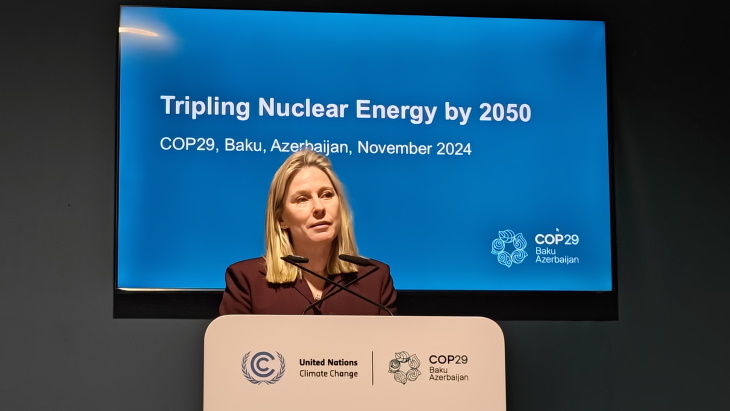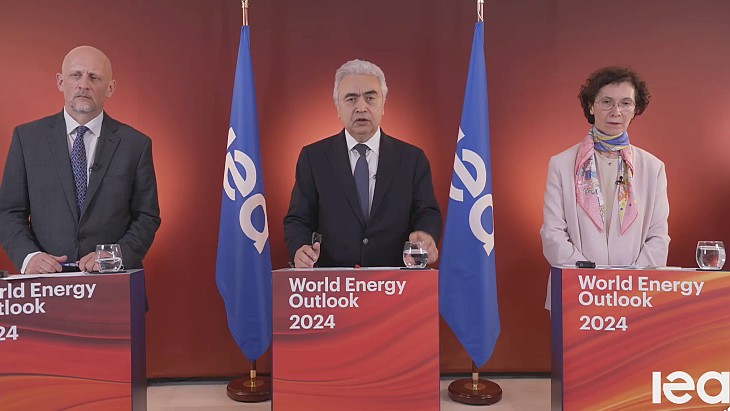Nuclear retirements major threat to emissions targets
Premature retirement of US nuclear power plants could be a major threat to efforts to reduce carbon emissions in both the short and long terms, a new report by the Brattle Group has found.
A white paper prepared by Brattle economists finds that the retirement of a 1000 MWe nuclear power plant could increase carbon dioxide (CO2) emissions in the range of 4.1 to 4.7 million tons per year. Preventing premature retirements is a cost-effective means of limiting carbon emissions and meeting climate policy goals, the report finds.
A typical revenue deficit for a vulnerable nuclear plant is around $10 per MWh, according to the report. If this shortfall were offset by a "carbon uplift payment", the cost of the avoided CO2 emissions would be between $12 and $20 per ton of CO2. This cost compares favourably with other carbon abatement options such as state policies designed to reduce CO2 emissions from the power sector, as well as with many estimates of the social cost of carbon, the authors say.
Current market conditions mean some nuclear units do not reliably earn enough revenue to cover their forward costs and are thus vulnerable to retirement for economic reasons, the report notes. Based on an analysis of aggregate and regional and carbon emission impacts of premature nuclear retirements and their implications for carbon reductions in the US power sector, the authors found that the revenue shortfalls experienced by the USA's most vulnerable plants - typically small, single-unit plants operating in markets with particularly low energy prices - could be up to $20 per MWh.
The increase in CO2 emissions arising from a premature nuclear retirement is not confined to the state in which the unit is situated, with the majority of emissions likely to occur outside the state, the authors found. This may present a challenge to state-level climate policies and goals.
Preserving existing nuclear capacity will also improve the effectiveness of climate policy approaches by keeping down cumulative emissions, the report found, since CO2 emissions persist "for many years" in the atmosphere making near-term emission reductions "more helpful for climate protection" than later action.
"These findings demonstrate that the retention of existing nuclear generating plants, even at a modest operating cost recovery premium for a limited period, represents a cost-effective method to avoid CO2 emissions in the near term and would enable compliance with any future climate policy at a reasonable cost," co-author Metin Celebi said. "Sustaining nuclear viability in the interim is a reasonable and cost-effective insurance policy in the longer term," he added.
This year has seen two states, New York and Illinois, pass laws recognising the benefits of nuclear power and ensuring the continued operation of at-risk reactors, with New York the first state to approve legislation explicitly recognising the zero-carbon contribution of nuclear power plants.
Vulnerable plants in other states remain at risk of premature closure thanks to the short-term nature of deregulated electricity markets, coupled with competition from low-cost gas and federally subsidized wind power. Earlier this week, Entergy announced that one such plant, Palisades in Michigan, will close in 2018 despite being licensed to operate until 2031.
Nuclear retirement effects on CO2 emissions: preserving a critical resource was written by Celebi, Mark Chupka, Frank Graves, Dean Murphy and Ionna Karkatsouli. The white paper was prepared with funding and support from the US Nuclear Energy Institute.
Researched and written
by World Nuclear News

_99697.jpg)








_50521.jpg)

